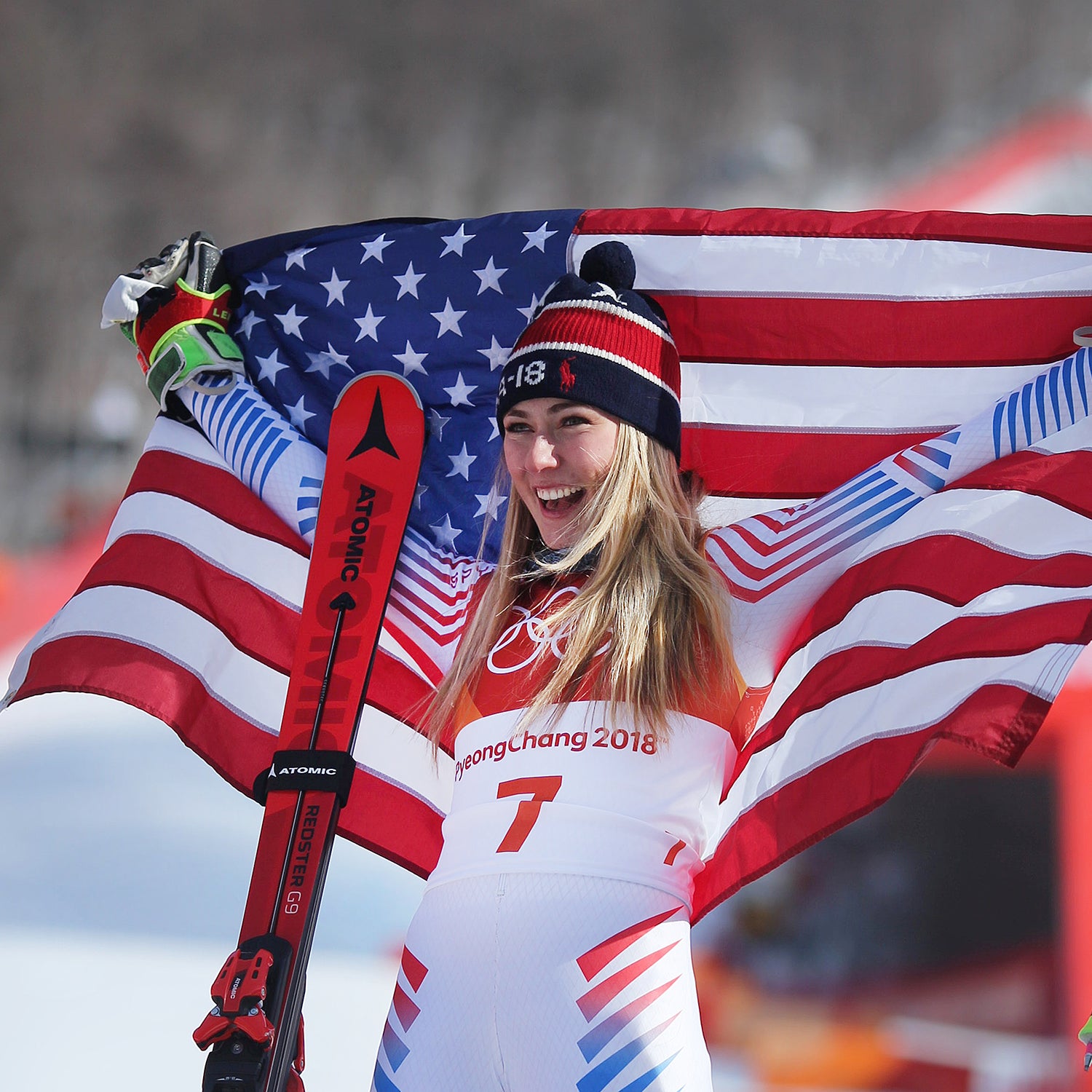Blustery conditions meant that the Mikaela Shiffrin show came to Pyeongchang a few days late. On Thursday, however, the 22-year-old idol of the ski world put on an opening act that was worth the wait, ripping her way to victory in the giant slalom. Such were the expectations after that initial triumph, that when Shiffrin finished fourth in the next day’s slalom race without committing any obvious blunder, there was a sense of bewilderment, .��
One explanation for this unexpected glitch in the ski matrix is that Shiffrin is trying to be a generalist in a era that encourages focusing on just one or two events. Primer for the non-skiing crowd: Shiffrin has been the top slalom racer in the world since 2013. Recently, however, she announced her intention to also conquer skiing’s vaunted “speed” events: the downhill and super giant slalom. This is unusual, to say the least. (Bode Miller fanboys might beg to differ, but, for my money, only two ski gods have simultaneously owned both the slalom and speed disciplines—the Austrian Toni Sailer and Frenchman Jean-Claude Killy, both of whom won every event at the ‘56 and ‘68 Olympics, respectively.) It’s an ambition so audacious that journalists have had a tough time putting it in context. According to sports writer Bill Pennington, “it is virtually impossible to draw parallels between other sports and the challenges facing an all-event alpine skier.”
��
Let’s do it anyway.��
��
Since skiing and running are both individual pursuits that the mainstream American media only covers in any depth during the Olympics, it doesn’t feel like too much of a stretch to suggest that the heroes of these respective sports might be kindred spirits. Has there ever been a runner who has come close to accomplishing something similar to what Shiffrin is looking to do on the slopes? What would such equivalence even look like?
��
An all-event alpine skier must master four disciplines: slalom, giant slalom, super-G, and the downhill. Assuming we apply the same standard to professional running, the question arises whether anyone has been the best in the world in four individual Olympic��running events.
��The hypothetical runner version of Mikaela Shiffrin would have to be some crazy hybrid of athletes who are already total outliers among their world-class peers.
As it turns out, there are two runners who have managed to win individual Olympic gold in four different Olympic races—albeit not in the same year. It happened a century ago, when cross-country was still an Olympic sport. In Stockholm, in 1912, , the original “Flying Finn,” won a gold medal in the 5,000-��and 10,000-meters, as well as in the individual cross-country race (there was also a team category for cross-country, where he won silver). Kolehmainen would add an Olympic victory in the marathon in Antwerp in 1920. That same year saw the arrival of��the next Finnish wonder, , who won the 10,000-meters and the cross-country race. Bucking the trend of today’s runners who tend to move up in distance as they get older, Nurmi would win individual gold medals in the 1,500 and 5,000-meters at the 1924 Paris Games.
��
A reader might object that it’s preposterous to equate doubling up in the 5,000 and 10,000 with conquering the alpine ski spectrum from the slalom to the downhill. After all, when it comes to technique, running is still just running, whereas the all-event skier must possess total mastery over the quick, controlled turns of the tech events, while also having the skill, not to mention the sheer nerve, to bomb down an ice hill at maximum velocity. Tucking into a jump at around 80 m.p.h., one assumes, is the kind of��thing you need to practice.
��
But perhaps the challenges of training to be an “all-event runner”—however you want to define it—are just more subtle. If versatility in skiing is about finding the , for distance runners, the tradeoff comes with speed vs. stamina. A 5,000-meter specialist needs to be able to crush the final 400 meters in order to be the best (see: ), while a world-beating marathoner effectively must be able to race a 10K after hammering for 20 miles (see: ). As with alpine skiing, where bulking up for the downhill means sacrificing some of the litheness required for the slalom, it’s hard for a runner to improve flat-out speed while simultaneously churning out 130-mile training weeks. Something’s gotta give.
��
The hypothetical runner version of Mikaela Shiffrin that I’m trying to conjure up here would have to be some crazy hybrid of athletes who are already total outliers among their world-class peers. Imagine a woman who could bust out a 3:50-something in the 1,500-meters like world record-holder Genzebe Dibaba, and in the same year dip below 2:20 in the marathon, à la Paula Radcliffe. It feels perverse to even suggest it, but, in a sense, that is the kind of range Shiffrin is looking to demonstrate in her skiing. ��
��
That said, Mo Farah has come close to accomplishing something vaguely similar on the men’s side. Ironically, it was in two races that the ten-time Olympic and World Championship gold medalist had no shot of winning. In July 2013, Farah ran a European record of 3:28.81 in the 1,500 meters in Monaco—at the time making him the at the distance (though only the second fastest in that particular race).��Then, in April 2014, he finished the London Marathon in 2:08:21. Producing these performances within half a year��of each other is beyond astounding.
Of course, while a 2:08 marathon would have been in world record territory a generation ago, today it’s nothing special by the stratospheric standards of elite men’s distance running; Farah only finished eighth that year in London. If Shiffrin decides to compete in the downhill next week, chances are she will finish better than that. She might even win. If she does, it will be an achievement that defies comparison.��


